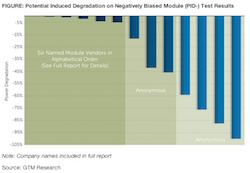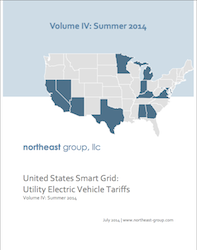The Department of Energy (DOE) has allocated up to $31 million to establish a new program: Frontier Observatory for Research in Geothermal Energy (FORGE). The field lab will be dedicated to cutting-edge research on enhanced geothermal systems (EGS).
EGS are engineered reservoirs, created beneath the surface of the Earth, where there is hot rock but limited pathways through which fluid can flow. During EGS development, underground fluid pathways are safely created ![]() and their size and connectivity increased. These enhanced pathways allow fluid to circulate throughout the hot rock and carry heat to the surface to generate electricity. In the long term, DOE believes EGS may enable domestic access to a geographically diverse baseload, and carbon-free energy resource on the order of 100 gigawatts, or enough to power about 100 million homes.
and their size and connectivity increased. These enhanced pathways allow fluid to circulate throughout the hot rock and carry heat to the surface to generate electricity. In the long term, DOE believes EGS may enable domestic access to a geographically diverse baseload, and carbon-free energy resource on the order of 100 gigawatts, or enough to power about 100 million homes.
“The FORGE initiative is a first-of-its-kind effort to accelerate development of this innovative geothermal technology that could help power our low carbon future,” said Assistant Secretary for Energy Efficiency and Renewable Energy Dave Danielson. “This field observatory will facilitate the development of rigorous and reproducible approaches that could drive down the cost of geothermal energy and further diversify our nation’s energy portfolio.”
According to DOE, the research and development (R&D) at FORGE will focus on techniques to effectively stimulate large fracture networks in various rock types, technologies for imaging and monitoring the evolution of fluid pathways, and long-term reservoir sustainability and management techniques. In addition, a robust open data policy will make FORGE a leading resource for the broader scientific and engineering community studying the Earth’s subsurface. These significant advances will reduce industry risk and ultimately facilitate deployment of EGS nationwide.
The FORGE initiative is comprised of three phases. The first two phases focus on selecting both a site and an operations team, as well as preparing and fully characterizing the site. In Phase 1, $2 million will be available over one year for selected teams to perform analysis on the suitability of their proposed site and to develop plans for Phase 2. Subject to the availability of appropriations, up to $29 million in funding is planned for Phase 2, during which teams will work to fully instrument, characterize, and permit candidate sites.
Subject to the availability of appropriations, Phase 3 will fund full implementation of FORGE at a single site, managed by a single operations team. This phase will be guided by a collaborative research strategy and executed via annual R&D solicitations designed to improve, optimize, and drive down the costs of deploying EGS. In this phase, partners from industry, academia, and the national laboratories will have ongoing opportunities to conduct new and innovative R&D at the site in critical research areas such as reservoir characterization, reservoir creation, and reservoir sustainability.









 owners tend to be more engaged customers and it is critical that utilities are providing them with new rate options for their EVs.”
owners tend to be more engaged customers and it is critical that utilities are providing them with new rate options for their EVs.”